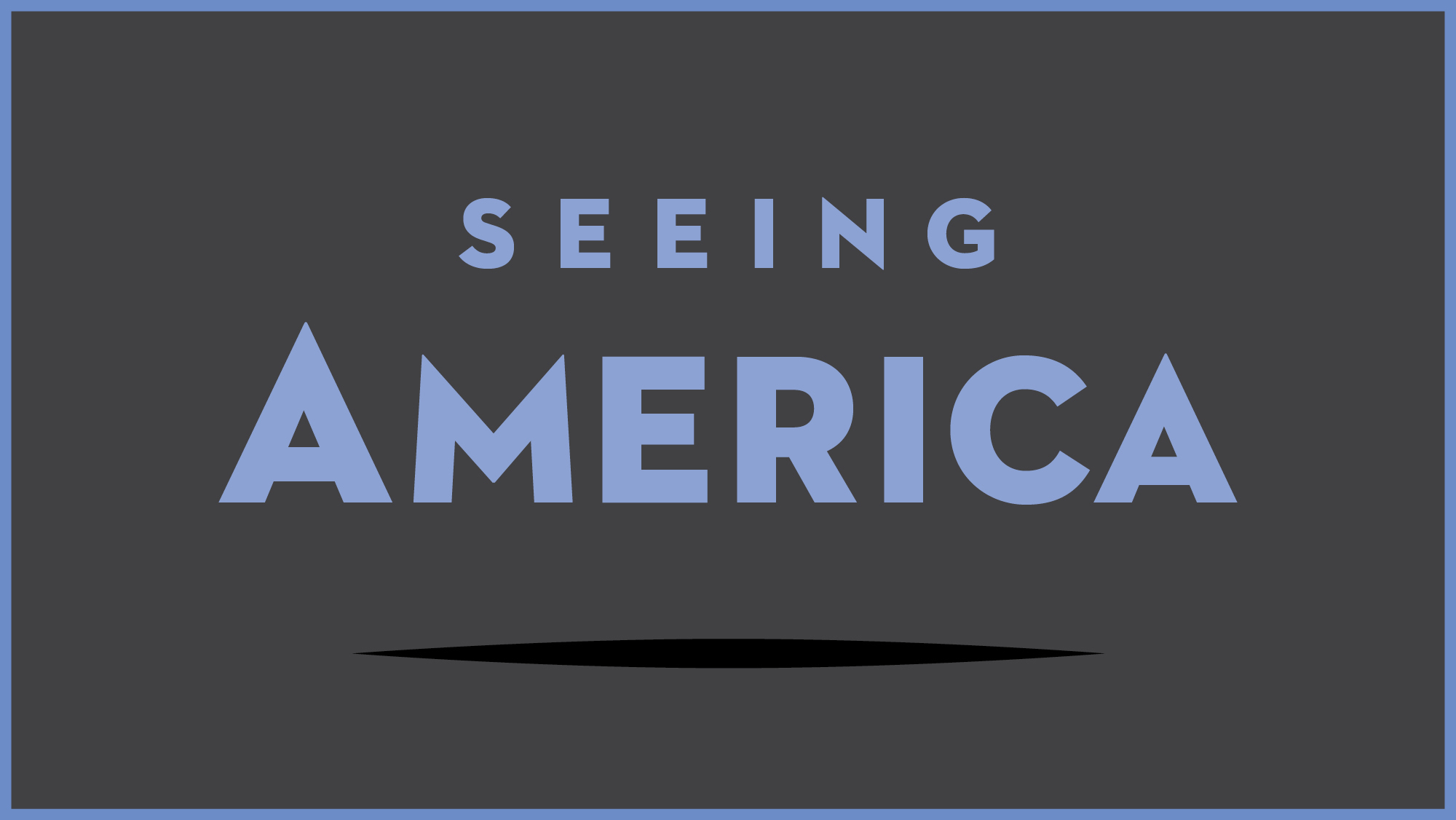Test your knowledge with a quiz
Red Star, 1880 Crow Peace Delegation
Key points
- The Crow Peace Delegation of 1880 included Medicine Crow and five other chiefs who traveled to Washington DC to discuss land rights and negotiations over building the Northern Pacific Railroad through Crow territory.
- Although these are portraits of individual chiefs, the photographs reflect the deliberate erasure of Native American culture that served to dehumanize the Crow and other indigenous peoples in the U.S. The use of these images in popular reproductions today continues the practice of outsiders commercializing Indian identity.
- Red Star uses her artistic process to assert each man’s individual identity and accomplishments, as well as to learn more about her own culture as a Crow Indian and to share it with others.
Go deeper
Learn about this object at the Portland Museum of Art
Visit Wendy Red Star’s website
Learn more about Crow culture and history
More to think about
Wendy Red Star’s commentary on these images restore specific and personal details of Medicine Crow and his colleagues that were erased in both the original photographs and their reinterpretations in popular culture. She creates a fuller and more complicated history by adding information that an outsider may not know. Think about photographs of your family that reflect your cultural heritage or personal stories. What details are excluded from the image, or might be unknown to an outsider? How might you annotate a document from your own history so that it tells a more complete story?






